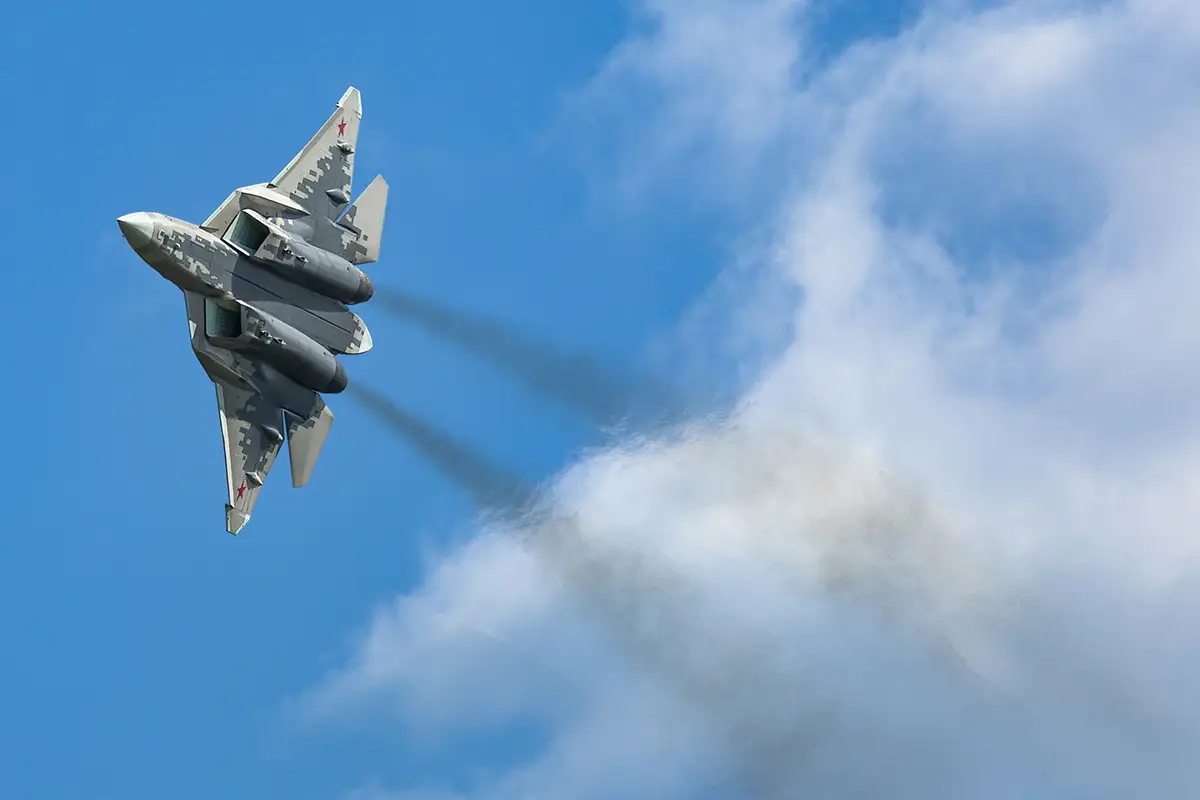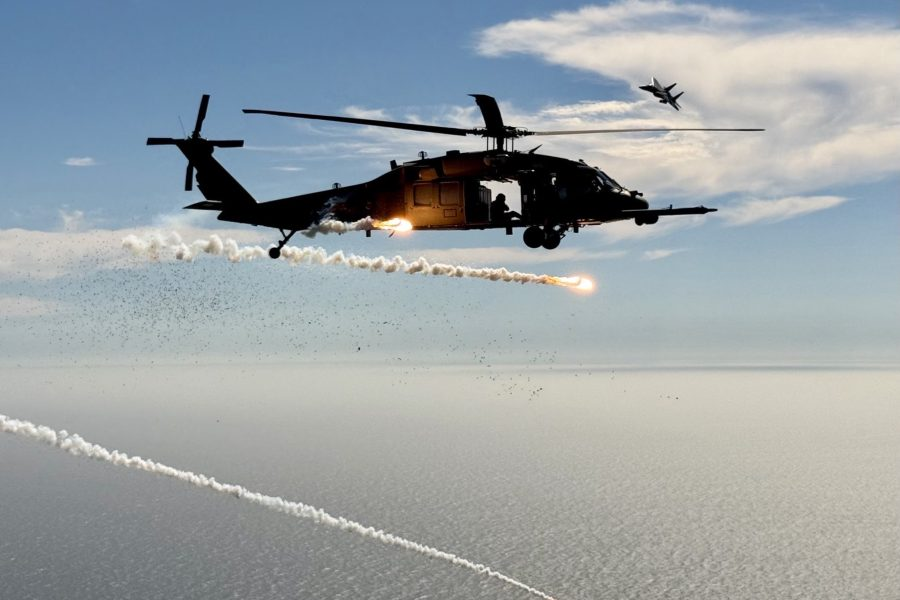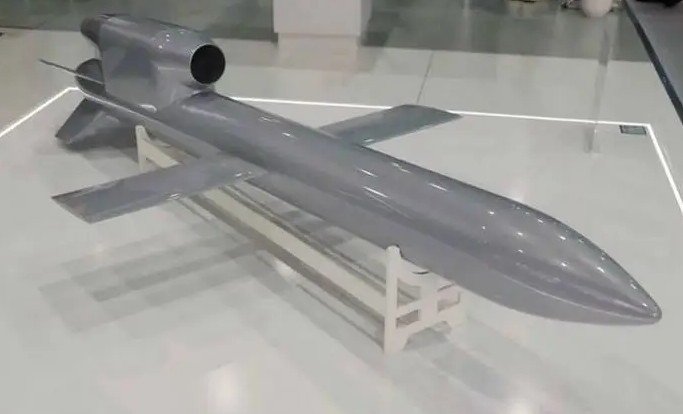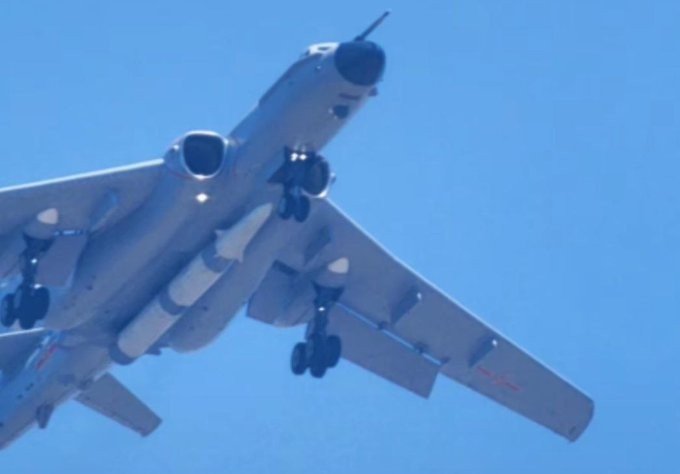
China’s Xian H6 strategic bombers to be boosted by new KD-21 and KF-21 aeroballistic missiles
China appears to have taken advantage of recent exercises to demonstrate its growing military capabilities. This included the H-6K strategic bombers, which were spotted for the first time with advanced weapons in the form of new aeroballistic missiles. The development of key air munitions allows China to implement an A2/AD strategy in its areas of interest and deny adversary forces access to them.
A notable example is the KD-21, a Chinese air-launched ballistic missile (ALBM) that first appeared at Airshow China in November 2022. Now, however, it has been spotted on an H-6K bomber, apparently assigned to an active combat unit. It belongs to the 29th Regiment of the 10th Bombardment Division of the Chinese People’s Liberation Army Air Force, which falls under the East Command. It had one KD-21 missile on the central pylons under the wing.
Unlike previous Chinese aeroballistic missiles, the KD-21 should be adapted for attacks on ground targets, similar to the well-known Russian Kh-47M2 Kindzhal missile. This follows from its designation KD, which is used for ammunition intended for ground targets, as opposed to YJ, which is used for anti-ship missiles.
If the missile is derived from the YJ-21, whose naval platform is the Type 055 cruisers, it has a range of 1,500 km when launched from a ship and a flight speed of Mach 6 in the marching phase, and Mach 10 in the terminal phase. These are therefore hypersonic missiles that can penetrate classic air defenses.
If the KD-21 missile is derived from the CM-401 anti-ship ballistic missile, it has a range of about 290 km when launched from a coastal battery (land-to-ship) and active radar guidance. Its speed could range between Mach 4-6. It is based on the Chinese B-611 ballistic missile, which was further developed by Turkey after technology transfer. A separate article was written about this in the Army Magazine on January 20, 2025.
Turkey wants a range of over 2,000 km, Russia may catch up with the missed 107 mm caliber train
Slovakia, January 20, 2025 – The development of artillery and missile forces may be more inclusive than the liberal cafe would think. Turkey wants to develop ballistic missiles, and Russia can still ask allies for supplies of the simplest 107 mm artillery rockets under certain circumstances. 1. Turkey to accelerate development of ballistic missiles Turkish President Recep Tayyip Erdoğan announced plans to accelerate the development of a ballistic missile system with a range of over 2,000 kilometers. In his speech after a cabinet meeting at the presidential complex, Erdoğan stressed the importance of strengthening Turkey’s defense capabilities in a region defined by strategic rivalry between great powers. “Investments in our defense industry are not preparation for war, but […]
In any case, even with less perfect weapons, Chinese bombers aroused concerns in the West, even with suspicions of simulating an attack on the strategic American base of Guam:
After the introduction of the KD-21 aeroballistic missiles, the combat capabilities of the Chinese H-6K bombers will increase.
The heaviest and most powerful aeroballistic missiles to be integrated into the H-6K bomber remain the KF-21, which probably also exists in a version with a nuclear warhead. They are to be deployed this year. They are based on the DF-21 land-based anti-ship ballistic missile, their NATO designation is CH-AS-X-13. The land-based missiles weighed 14.7 tons, and in the air-based version they were apparently lightened using new materials. The expected range of the two-stage air-based The range of the KF-21 aeroballistic missile is 3000 km. It cannot be ruled out that the warhead of this missile is similar to the maneuverable hypersonic glider of the Chinese DF-17 intermediate-range ballistic missile. Given the weight and dimensions of the KF-21 missile, the H-6K bomber is capable of carrying only one weapon semi-recessed under the center wing.
The KF-21 missile was probably observed under the H-6N bomber version, which is apparently primarily intended for strikes using a heavy aeroballistic missile with a nuclear warhead and has a modified fuselage.
The Xian H-6 bomber is derived from the Soviet Tu-16 bomber and is constantly being modernized. The Xian H-20 project is mentioned in connection with its replacement. There is no need to go into details, so as not to accidentally abandon the topic of strategic bomber aviation.
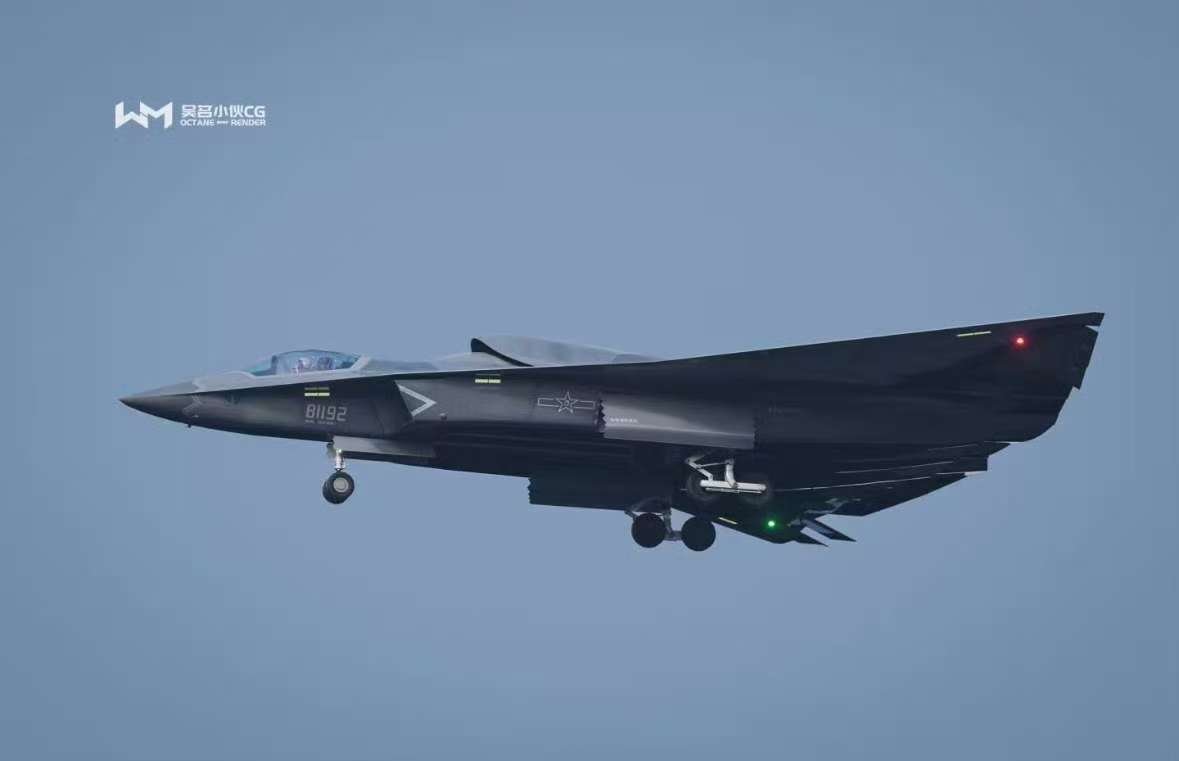

Peter North







